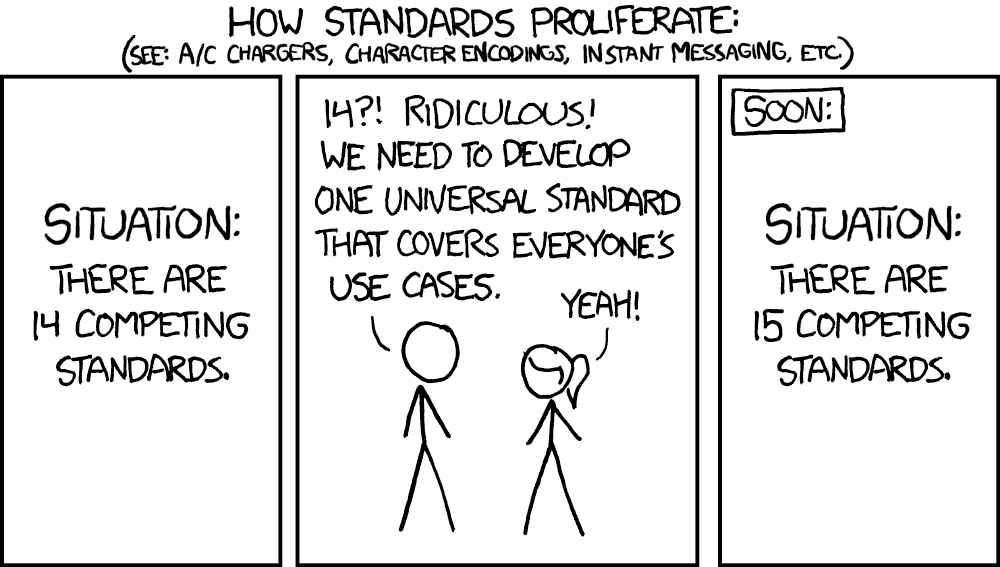Linux distros are so varied and your enjoyment of them so dependant on how tech affine and willing to dig in you are, it is extremely difficult to make any serious recommendations.
All I can do is say I've had the best gaming experience with Arch-based distributions, such as SteamOS itself (but I don't know if that is really suitable outside of pure gaming, I never tried) or Manjaro (which is what I use personally).
But there are lots of Arch-based distros.
Debian-based ones such as Ubuntu or Pop! have always been an issue in my (and extended family's) experience, as their gaming-relevant packages and drivers can be lagging behind somewhat in versions.
Honestly, go ahead and try one first from a USB stick:
This tutorial focuses on installing the latest Linux OS on your USB drive (a fully reconfigurable personalized OS, not just a Live USB).

www.tecmint.com
That guide is for Ubuntu, but the process is the same for all of them: Get USB stick, get image of distro, use a nice tool to get the image on the stick (I recommend Etcher), plug it in, restart (and mess with your UEFI/BIOS to start from it if necessary).
And then just have a look around.
The rest will come with time.
Just one hint: DON'T expect Linux to work like Windows. You can make it look somewhat similar, but it is different from the ground up and you WILL run into things strange to you and you WILL run into issues that wouldn't have happened on Windows. Both is thankfully rare nowadays, but it does happen. Of course the upside is you won't have to deal with Windows, which makes that an extremely small price to pay IMO.





